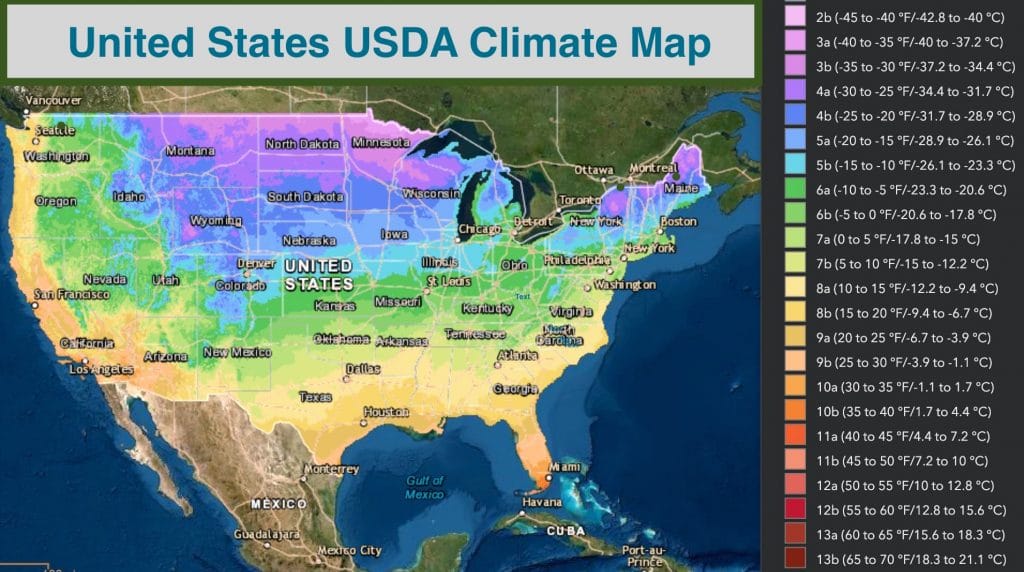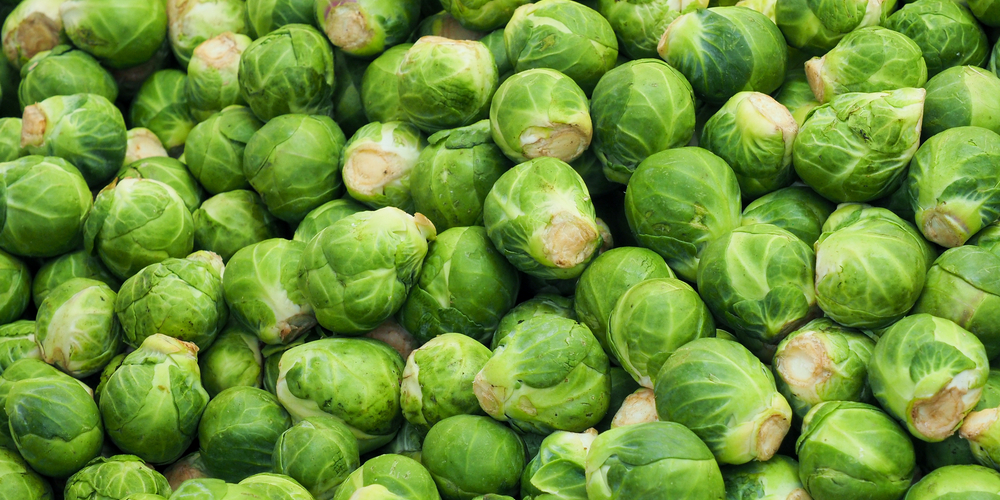People living in USDA hardiness zones 7 and 7b must know about the possibility of starting their vegetable gardens earlier than most people. Indeed, the mild temperatures that characterize these regions allow gardeners to plant their veggies earlier than in warmer or colder areas and enjoy the fruits of their efforts before anyone else.
Because Brussel Sprouts are cool-loving plants, they do very well in zone 7, provided that you ensure they get all they need to thrive. However, knowing when to plant these vegetables is another crucial step you must secure to get healthy crops. In this “When To Plant Brussel Sprouts Zone 7 and 7b” essential guide, you’ll find everything you need to get plenty of these cute and delicious vegetables.
The good news is that even if you are a beginner, you won’t struggle too much with this plant. They are versatile and adapt to most soil conditions. However, they don’t particularly like warmth, so you must ensure you plant them at the right time to prevent them from suffering the heat of the spring and summer months.
When to Plant Brussel Sprouts Zone 7 and 7b
To keep the story short, let’s look at when you should plant Brussel Sprouts in hardiness zones 7 and 7b. Because temperatures can heat up rapidly during the warmest months of the day, you need to sow them early enough for your plants to have the time to establish and give you crops before the temperatures rise.
Even some simple planning will go a long way when it comes to getting healthy Brussel sprouts from your garden. Here, we include our recommendations based on averages: you should still check your local weather to ensure you are making the right decisions. Also, don’t forget the Brussel Sprouts need a long growing season: you’ll have to wait between 80 and 100 days before harvesting. Also, in general, these plants improve their flavor after a light frost or two.
In general, you can safely plant Brussel sprouts in zones 7 and 7b between April and May. As a rule of thumb, you should count backward and sow your seeds around four months before the first frost date in the fall.
Maintain your plants well-watered during the heat of the summer and keep an eye out for pests and diseases. With the proper levels of care, you can expect your plants to give you prosperous harvests.
Growing Conditions
Brussel Sprouts are part of the Brassica family, like cabbage, broccoli, kale, and cauliflower. You can plant them all together and give them the same care to increase variety in your vegetable garden.
Because these plants are heavy feeders, don’t forget to fertilize the soil with a product high in nitrogen. Make sure you keep your plants moist and consider adding mulch to increase water retention and keep the ground temperatures low even when the days start to get warmer. If you don’t plant your Brussel Sprouts with adequate companions, you may have to use a row cover to protect them from pests. For best results in hardiness zones between 7 and 7b, choose varieties such as the Churchill or the Oliver, which have shorter growing seasons. Keep in mind that exposing your plants to too much heat will cause wilting and bitter fruits. However, they will need full sun to grow.
Also, to encourage healthier growth and a faster time to maturity, consider cutting off the top leaves 3 to 4 weeks before harvesting your vegetables.
If you have grown Brussel Sprouts before, you know that they mature from the bottom of the stalk and upwards. You can harvest them when they reach about one inch in diameters and store them in your basement (or somewhere cool) for up to a month or two.
When To Plant Brussel Sprouts Zone 7 and 7b: The Bottom Line
As you can see from this essential guide, growing Brussel Sprouts can be very satisfying if you know how to do it properly. Of course, knowing when to plant your vegetables is only half of the way.
You’ll also have to ensure you provide them with adequate care and ensure you give them what they need to thrive. With some effort and protection from warm temperatures, you can get prosperous harvests.
Related Article: Flowering Brussel Sprouts Plant: Here’s What to do

